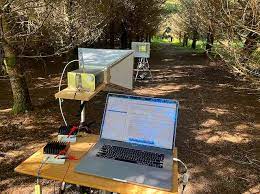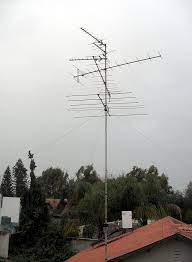
At first glance, a novel ultralow-power communication technique appears to defy the laws of physics. By simply opening and closing a switch that links a resistor to an antenna, it is feasible to wirelessly send data. There is no need to supply the antenna with power. This is the new device that uses relatively no power to broadcast radio waves.

All kinds of data-transmitting devices, including tiny sensors and implanted medical devices, might be created using our methodology in combination with methods for obtaining energy from the environment without the use of batteries or other power sources. These include sensors for intelligent agriculture, implantable electronics that never need batteries, improved contactless credit cards, and perhaps even new satellite communication techniques.
No further energy is required to transfer the information outside the energy used to flick the switch. In this instance, the switch is a transistor, a switch that is electrically controlled, has no moving components, and uses a very small amount of electricity.
A switch links and disconnects a powerful electrical signal source—possibly an oscillator that emits radio waves—in the most basic version of conventional radio.
Read More
- A secure global supply chain is possible with blockchain.
- Using electricity to locate materials that can “learn” is shocking to the system
- Cracking of Eggshells using computing power
- A Way To Help Reduce Global Warming Is Through Solar Energy Conversion
Conclusion
This blog post has shown that it is quite possible to have a device that uses relatively no power to broadcast radio waves. This is a great step because having no batteries or power source to work with is the way to solve some energy dependency and efficiency issues globally.

